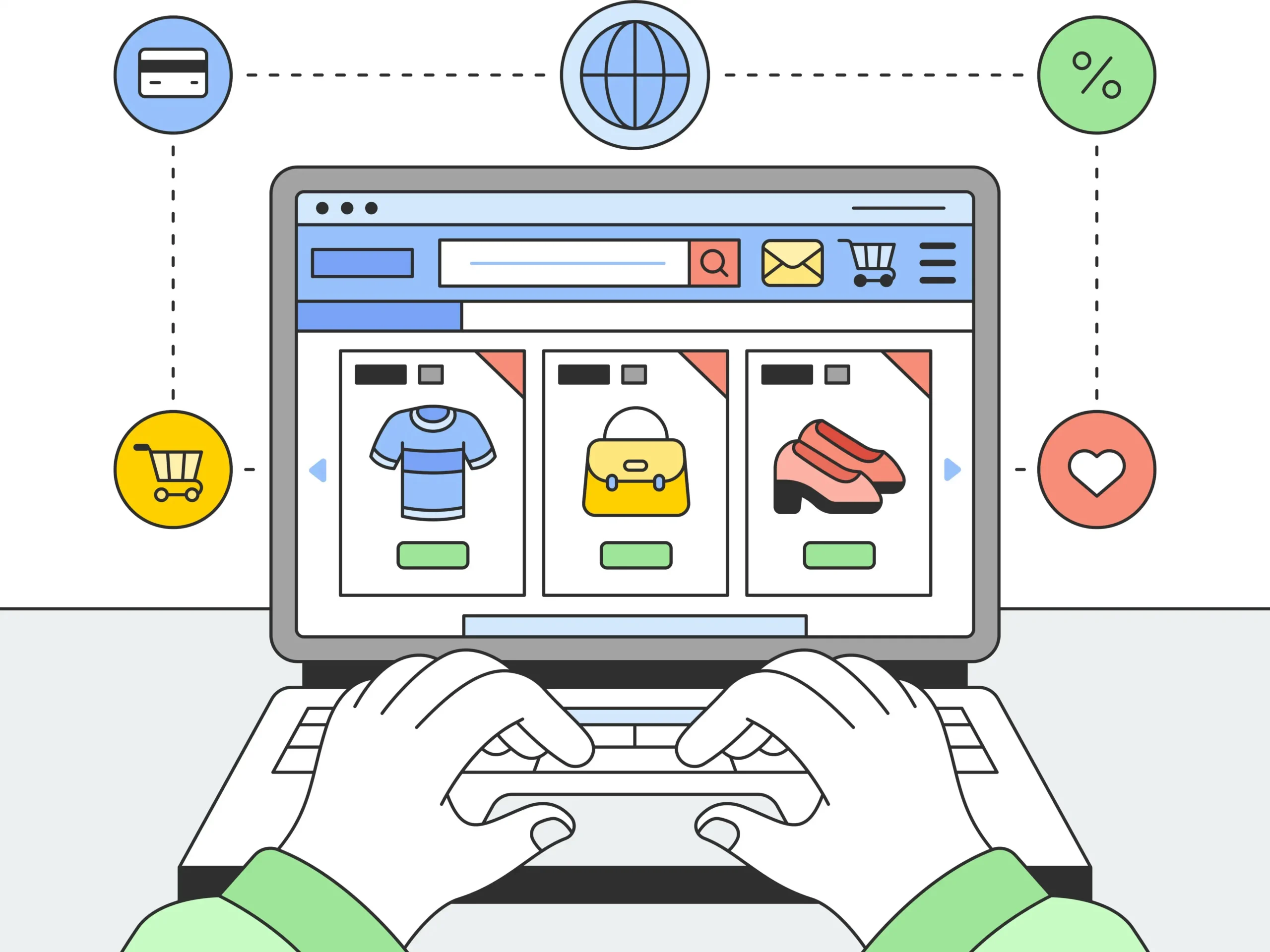Best Practices & Tips for Building an eCommerce Brand from Scratch
Starting an eCommerce brand from scratch can feel like stepping into a foreign land — exciting but also overwhelming.
And since online shopping has become a way of life, there’s no better time to get in on the action. Whether you’re launching a niche brand or diving headfirst into the broader market, the opportunities are plentiful.
That said, building an eCommerce brand isn’t just about creating a website, uploading your products, and waiting for the money to come in. It’s about creating an experience that resonates with your customers and encourages them to return for more. Partnering with experts like beBOLD Digital: full service amazon agency for scaling brands can help ensure your efforts cut through the noise.
So, how do you build a brand that breaks through a crowded digital landscape? You pay attention to the little things that make it stand out in a consumer’s mind.

Explore these best practices and tips to take your digital venture from a mere idea to a thriving business as we explain how to build an eCommerce brand from scratch.
Table of Contents
Perfect your product visuals
For eCommerce, it all comes down to visuals. Scrolling through a website with dark, grainy or cluttered images is unlikely to make someone want to hit “Add to Cart”. That’s why you need to constantly nail your product visuals. But it’s not just about having great photography; you need to show your products in the very best light, literally and figuratively.
One of the easiest ways to do so is to change the background of product images to something clean and consistent. Why? Because a clean background ensures the focus stays entirely on your product. A mismatched or distracting background can make even the best products look amateur. Using tools such as Adobe Express can help you achieve a polished, uniform look across your site. When customers browse your store, they’ll immediately view your products as higher quality, building trust.
Visuals go beyond images, though. You must consider the overall design of your website, too. Is it consistent with the tone you want to achieve? Is it easy to navigate? Poor layout coordination, clashing colours or clutter can turn potential buyers off. Work on an aesthetic that best reflects your brand’s character while prioritizing user-friendliness through intuitive navigation.
Nail down your brand identity
When building an eCommerce brand, a killer logo, memorable tagline, and consistent tone of voice are non-negotiable. Your brand identity is more than just your “look”; it’s how your customers perceive and relate to you. It’s what causes someone to scroll past hundreds of other stores until they land on yours and think, “This feels good.”
What inspired your eCommerce store? Perhaps you’re committed to sustainability, your offerings solve a particular problem no one else is tackling, or you’re servicing a high demand in a new location. Whatever your inspiration or unique selling point, build your brand story upon it. Customers appreciate feeling like they’re part of something significant, so don’t shy away from getting personal.
Once you’ve nailed down your story, let it influence everything — from your color palette to your product descriptions. If your vibe is fun and silly, then be fun and silly in your copy. If it’s fashionable and haute, opt for a sleek and polished website design. The key ingredient is consistency, which instills trust and ingrains familiarity with your brand.
Invest in your website design and structure
Your website is the first tangible part of your business that your customers engage with, so it needs to be the best. Focus on making the customer experience seamless and enjoyable, rather than cramming countless animations or overcomplicated layouts into your web pages.
No one has time for a slow-loading website, and even a one-second delay can cause a significant percentage of potential customers to bounce. It’s also super important to make sure your site is optimized for desktop and mobile browsing since so many of us shop on our phones.
Next, focus on the customer journey. Is it easy for users to find what they’re looking for on your site? This can be achieved through clearly defined product categories and a fast and painless checkout process. The more steps between browsing and buying, the greater the risk of cart abandonment. Add search filters, quick view capabilities, and auto-fill checkout processes to streamline the sales funnel and boost your conversion rates.
Build consumer trust with reviews and transparency
Trust is imperative when it comes to online shopping. If a customer has never heard of you before, they need to know they’re buying from a reputable business. So, how do you establish that trust to leverage lead generation? Via social proof and transparency.
Start by encouraging reviews. People love to see real-world feedback before making a purchase. Include a review section on your product pages, and make it easy for customers to leave feedback. Don’t sweat the occasional less-than-perfect review. After all – nobody trusts a store with 100% glowing, five-star reviews.
Transparency goes hand-in-hand with trust. Be honest about shipping times, return policies and product details. If a sweater is hand-knit and could take up to two weeks to arrive, set clear expectations. If your skincare products are free from certain chemicals but do contain others, highlight which ones. Customers appreciate brands that don’t try to sugarcoat the fine print.
Sell a lifestyle on social media
Social media is not just a marketing tool — it’s a way to relate to your audience on a personal level. Platforms like Instagram, TikTok, and Pinterest are perfect for eCommerce brands because they’re so visual. Use them to showcase your products in action, share behind-the-scenes moments, and build a community around your brand.
The important thing is to sell the lifestyle, not the products. So if you sell handmade candles, post photos of a cosy evening set-up with the candle flickering in the background. Show your customers how your products could fit into (and ultimately improve) their lives.
Consistency is important, but so is authenticity. Interact with your audience by responding to comments, asking them engaging questions, and featuring user-generated content. All of this can help humanize your brand — and if you take the time to build that connection, scrollers are much more likely to become loyal customers.
Plan a long-term marketing strategy
Finally, always remember the power of a marketing plan. When you first start out, it’s easy to fall into the trap of only focusing on organic traffic, but you’ll find that making an investment in marketing early on pays huge dividends.
Start with email marketing. Building an email list allows you to nurture your relationship with existing customers and keep them in the loop about new arrivals, sales, and exclusive offers. Platforms like Mailchimp or Klaviyo make it easy to create visually appealing emails that align with your brand.
Paid ads are another helpful tool, especially if you’re competing in a crowded market. Advertising on Google Ads and investing in social media advertising will help you find the ideal customers via their interests, location, or even shopping habits. Experiment with different ad formats and messages to see which performs best. It might take a while, but once you figure out the perfect “recipe”, you’ll start seeing some rewarding results.
Building an eCommerce brand isn’t an overnight process, but with the right strategy, dedication, and focus, you’ll be well on your way to creating something spectacular. Take the time to perfect your visuals, tell your story, and connect with your audience. These elements make your brand more than a shop, but an important part of your customers’ lives.
